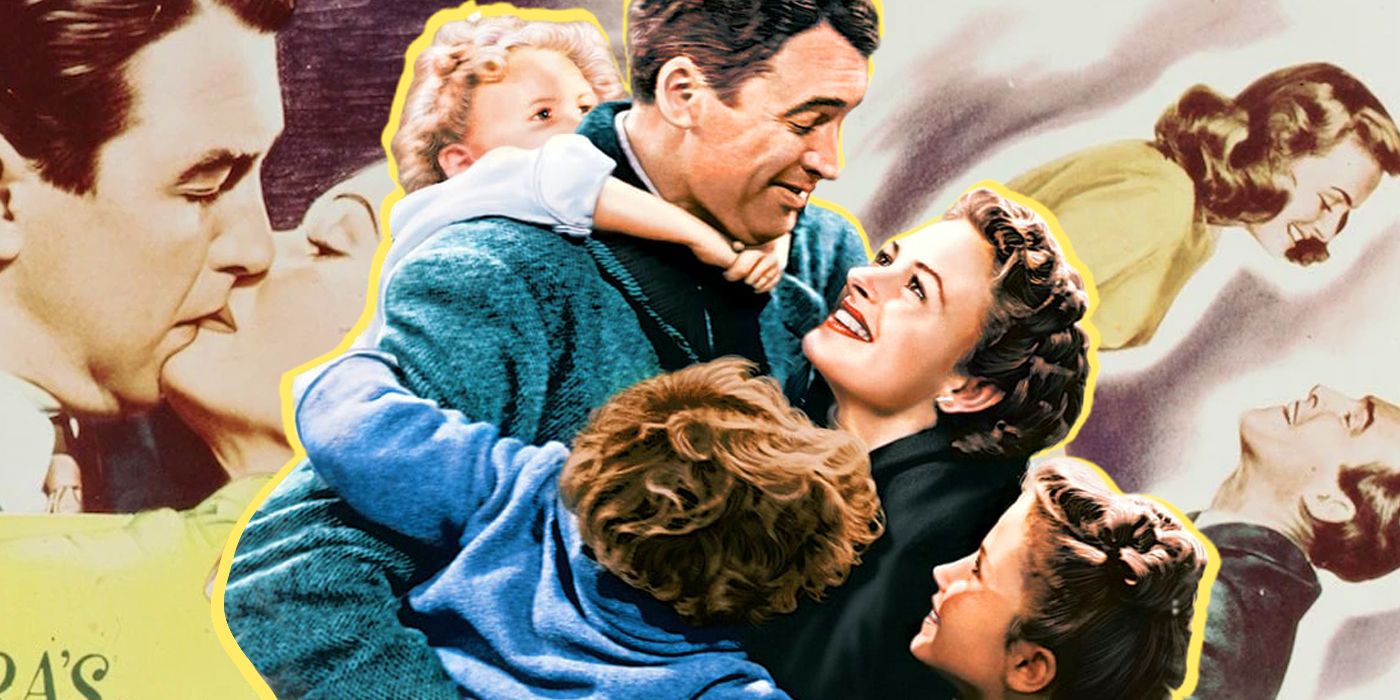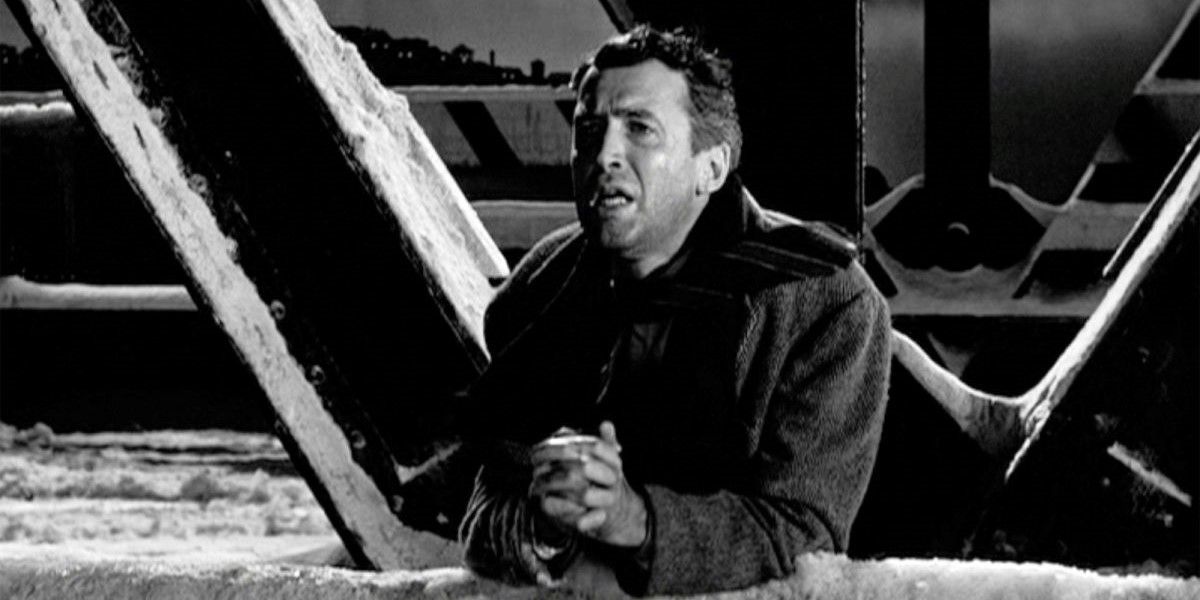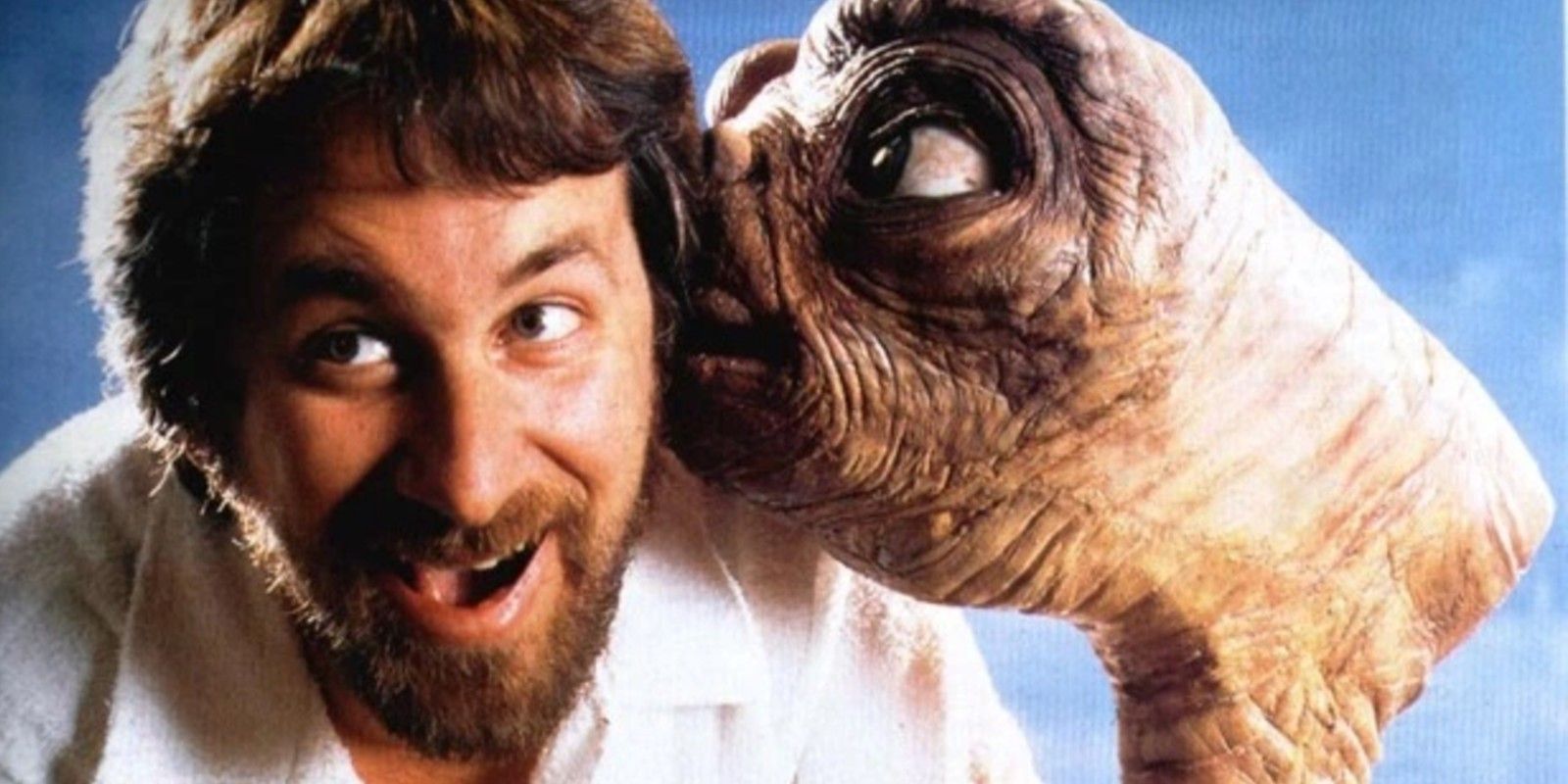Steven Spielberg enjoyed a late-career renaissance with the critical success of West Side Story, earning his best reviews in years and culminating in a Best Supporting Actress Oscar for Ariana DeBose. It was notable not only because many felt that his best films were behind him, but because he so effectively remade what was already an acknowledged classic. It might also make a fitting nod to his own love for cinema, which informs so many of his movies, and helped inspire him to make a West Side Story that matched up to its beloved predecessor.
In the promotional run-up to the movie, the UK’s Far Out Magazine published a list of Spielberg’s 20 favorite movies. It included a number of expected names, such as David Lean’s Lawrence of Arabia and Akira Kurosawa’s Seven Samurai -- both directors whose works Spielberg has cited as influences. It also contained a few surprises, such as James Gunn’s Guardians of the Galaxy and Christopher Nolan’s The Dark Knight -- both developing, in part, from the blockbuster tradition he helped to create. But the film at the top of the list may be the biggest surprise of all: Frank Capra’s It’s a Wonderful Life.
The film arrived in 1946, with the Second World War over and soldiers finally coming home. Its themes of family and compassion enabled it to become a holiday classic. While it lacks the scope of Spielberg’s blockbuster fantasies or the gravitas of his more serious projects, it’s an apt reflection of many of the ideas he’s expressed in his work.
James Stewart plays George Bailey, a man who sets his personal dreams and ambitions aside to run the local savings & loan in his home town of Bedford Falls, NY. That, and numerous other acts of compassion over the years, have helped his community stay prosperous and whole. When he absentmindedly loses a chunk of the S&L’s money to the town tycoon, he contemplates suicide, only for his guardian angel to show him how horrid Bedford Falls would have become had he never lived. When he awakens from the vision, he finds reality restored and his friends and neighbors have rallied to cover the missing money for him.
Spielberg himself never directed anything similar, though fantasies were a specialty, and one film he produced made a direct riff on the idea. Back to the Future, Part II reveals Marty McFly’s hometown similarly transformed into a hellscape, with Biff Tannen aptly standing in for It's a Wonderful Life's wicked Mr. Potter. But more than the specifics of the plot, it’s the themes of It’s a Wonderful Life that resonate across so much of the director’s work.
Both Spielberg and Capra are humanists. Their works tend to reflect the strong values of ordinary people and the way individuals rise to the occasion when called upon. While darkness often appears in their work, it’s typically overcome, even if there’s a price to pay; West Side Story is a reasonably unusual Spielberg film in that it has a tragic ending. Furthermore Spielberg’s movies often feature distant or flawed fathers – E.T.’s divorced household comes to mind, as does Tom Cruise’s grief-stricken cop in Minority Report – who often echo George Bailey’s mistakes and regrets. Above all, both directors hold faith in common decency, and the way it helps people grow and heal from their missteps.
Ironically, It’s A Wonderful Life was not well received when it was first released and took time to find its audience (as well as a lengthy stint of copious airings when the copyright lapsed). Spielberg’s career was not dissimilar, with his early work dismissed as popcorn fluff before the full weight of their influence could be felt. The director clearly pulls influence from his favorite film and built a legendary career of his own be reinterpreting its themes for a new generation.



